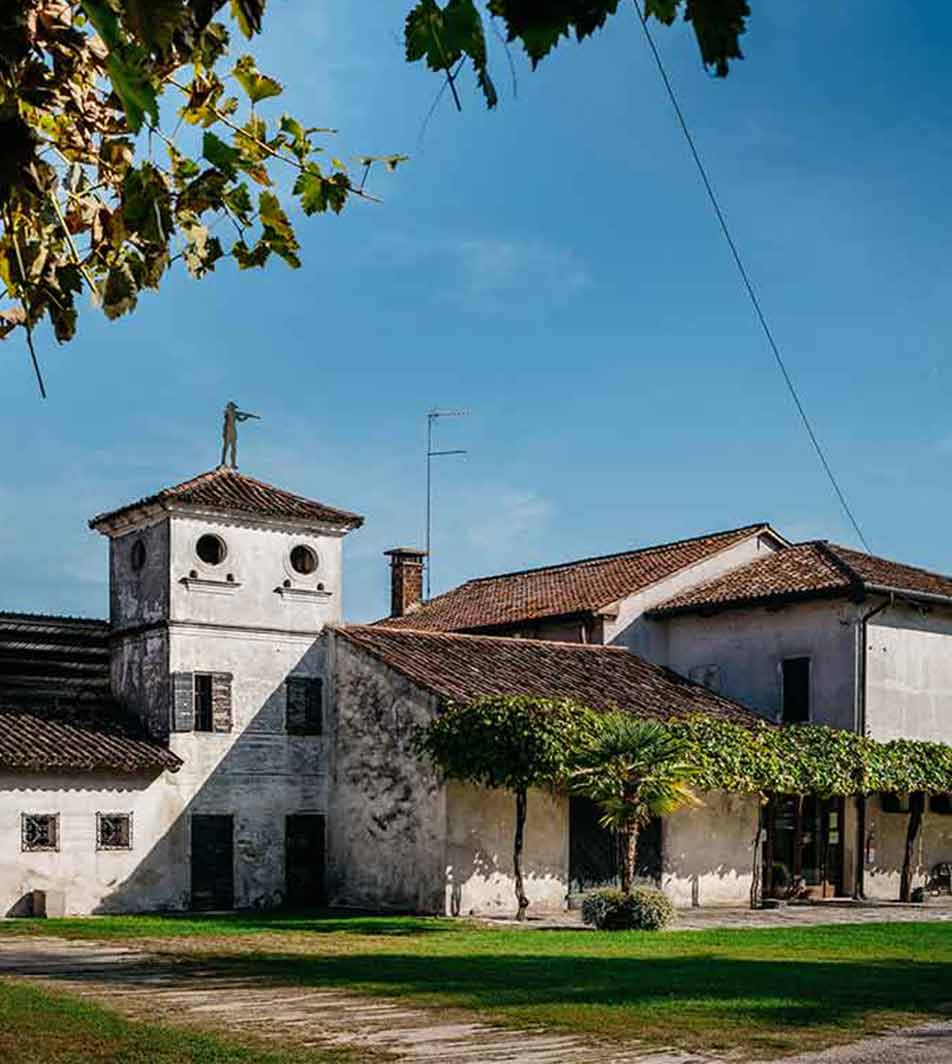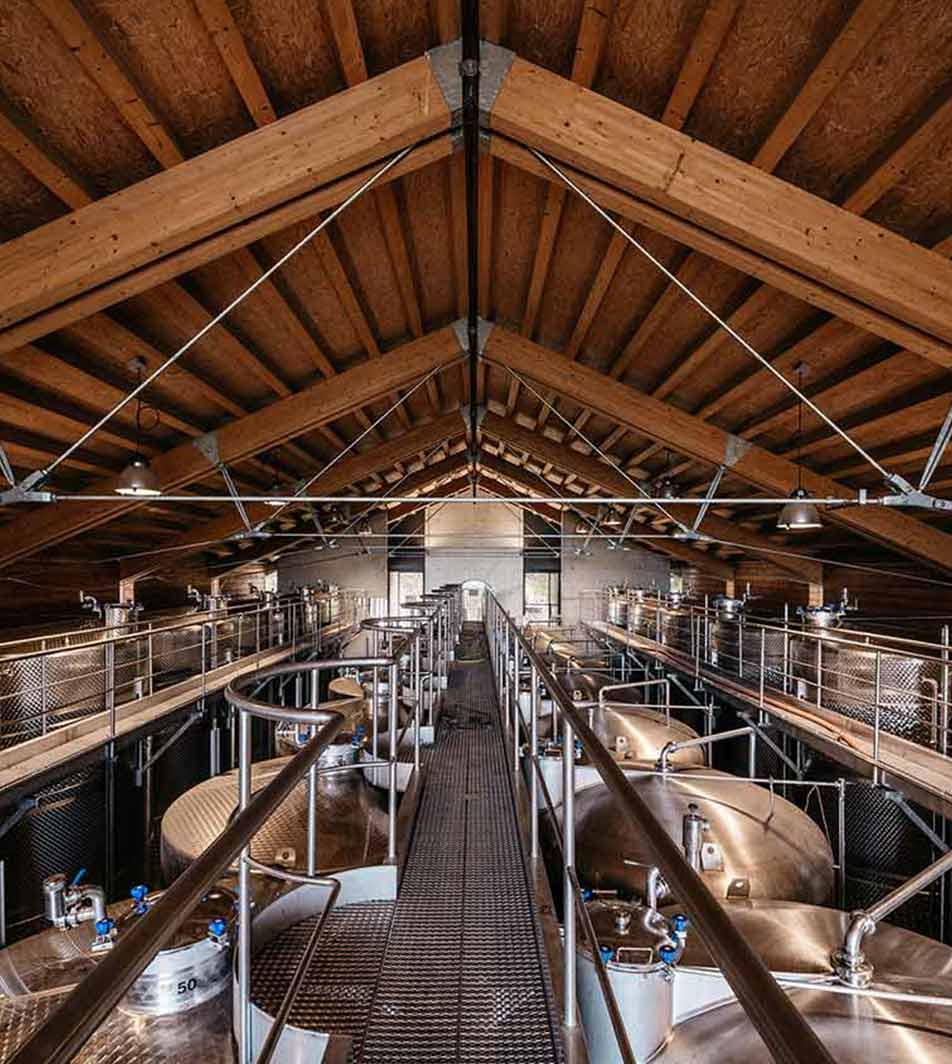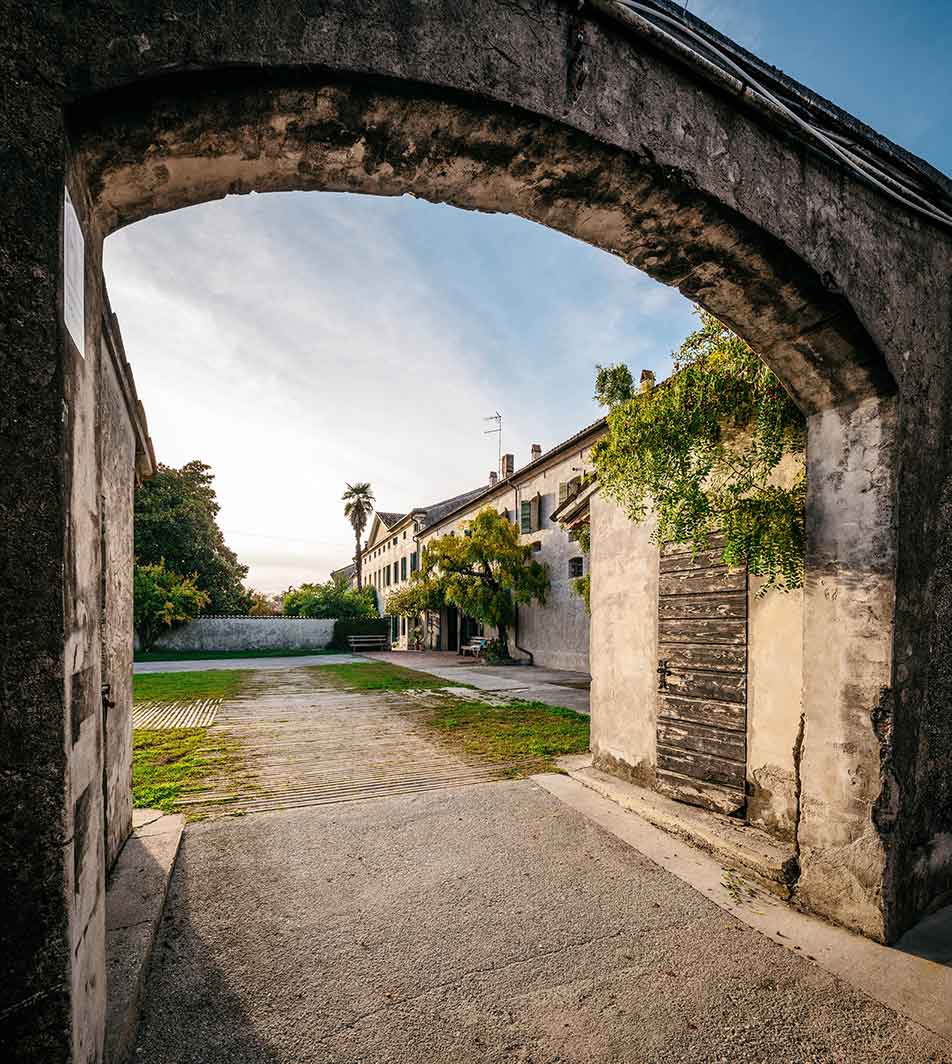THE FAMILY
A HISTORY OF MORE THAN 600 YEARS
It is a strong bond that binds our family to Tezze di Piave and to those villages between Conegliano and Oderzo, that define a community that grew up along the left bank of the Piave river, in a landscape whose horizon to the north is outlined by the Prosecco hills and higher up, reveals the Dolomites and to the south allows a glimpse of the sea and Venice.
Since 1420, many Bonotto dalle Tezze generations have succeeded one another. It is not easy to understand the deep roots that bind us or the strength of the responsibility we feel to be a historical reference point for this land. For us it is not a fable, but a lived and shared story: the influence of the Monastic Orders, the domination of the Serenissima, the first innovations in the cultivation of the vine, the birth of the Conegliano School of Enology … and many other events of such a long period.
THE CELLAR
FROM THE “CORTIVO” TREVIGIANO THROUGH ENVIRONMENTS BETWEEN TRADITION AND INNOVATION
To enter the cellar you pass under an entrance porch that opens to the “cortivo” or courtyard typical of the 16th century Treviso countryside consisting of a double row of buildings that enclose the characteristic features of the time such as the cellar, the stable, the well, the dovecote, elements that are still found today in the Bonotto delle Tezze headquarters.
Today the courtyard, as it was two centuries ago, is the creative center of our lives, where friends and customers meet, wagons arrive with grapes ready for crushing and the work of creating wines goes on.
THE CELLAR
AN EVOCATIVE MEETING OF HISTORICAL HERITAGE AND MODERNITY
The cellar consists of a two-story barn. The upper floor, once used as a granary and for the breeding of silkworms, is now used as a drying loft for the grapes.
In the two rooms below are the old vats for aging.
Next to this building stands a modern cellar, designed by the architect Toni Follina of Treviso; place chosen to make and refine wine in ideal conditions and to enhance the potential of the different grapes that are grown. The territory is characterized by an incredible variability, mainly deriving from such close, but such profoundly different soils. The primary technical goal is to best express each individual identity.






